I got lost on the topic of selecting the right electronic ballast for 4 UV-tubes (Cosmolux S pink 15W). I have learned about magnetic ballasts and starters, about electronic ballasts and connecting them in series or parallel (or not).
Currently I am using an electronic ballast suitable for 4 tubes (4x15W) which I would like to replace by a new electronic ballast.
The datasheet of the tubes says:

- Supply Voltage = 230V +/- 0.2%
- Ballast = 15W /230V
- Lamp wattage = 13W +/- 5W
- Lamp current = 395 mA
- Lamp voltage = 40V +/- 10V This voltage and current rating would indicate 0.395A * 40V = 15.8W. Not exactly 13W, but within range.
The driver I have connected says:

- U-OUT = 300V
- Iout = 0.5A
I have several questions:
- How can this setup work (because it is connected and it works). 300V as U-OUT is not even close to 40V, yet it does not damage the tubes. What is this 300V meaning?
- At what inputs of the tubes should I be able to measure the 40V? Because, when ON, the voltage I measure is really low, talking about tens of mV's. (Measured over outputs 10&7 and over outputs 10&9).
- I read that a series connection of tubes is possible for magnetic ballasts. Then the required power should be doubled and an extra starter should be added. Is such a series configuration at all possible with an electronic ballast?
- The current that is supposed to flow (395mA), is it transported through the tubes from the one end to the other?
- The electronic ballast says 4x15W = 60W. What causes this spec, because multiplying 300V by 0.5A would result in 150W -which is unlikely, so I must be thinking wrongly-.
The sources I used to get a better understanding are:
- https://www.youtube.com/watch?v=qLaD11LITbQ
- Multiple forum questions about wiring an electronic ballast.